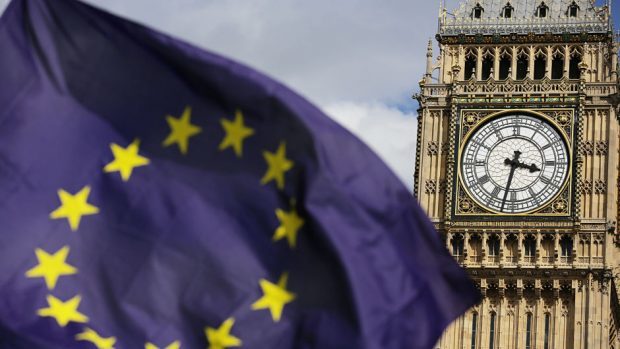The scale of economic uncertainty caused by Brexit has been laid bare as Chancellor Philip Hammond delivered his first major financial statement.
Mr Hammond, who said his goal was to get the economy “match fit” for the “new chapter” ahead, unveiled a series of plans aimed at boosting productivity and helping low-income workers.
The Chancellor confirmed a freeze in fuel duty, a rise in the so-called National Living Wage and measures to ease cuts to Universal Credit.
But the Office for Budget Responsibility slashed growth forecasts for next year and predicted higher than previously expected borrowing, forcing Mr Hammond to confirm he was abandoning predecessor George Osborne’s plan to achieve a budget surplus.
Growth forecasts for next year were cut from the 2.2% predicted in March to just 1.4% as a result of the vote in June’s referendum, the Chancellor said.
Mr Hammond said the slowdown was due to “lower investment and weaker consumer demand, driven, respectively, by greater uncertainty and by higher inflation resulting from sterling depreciation”.
But Shadow Chancellor John McDonnell said the Autumn Statement placed on record the “abject failure of the last six years”.
As part of his measures aimed at making the economy “match fit” for Brexit, Mr Hammond confirmed a series of infrastructure spending plans:
The Chancellor said: “We have chosen to borrow to kick-start a transformation in infrastructure and innovation investment.
“But we must sustain this effort over the long term if we are to make a lasting difference to the UK’s productivity performance.”
He said he had told the National Infrastructure Commission to make plans on the assumption that the Government would invest between 1% and 1.2% of GDP in economic infrastructure every year from 2020.
Here are the five key things Philip Hammond believes he can change to make the UK financially ready to leave the European Union:
- A new National Productivity Investment Fund of £23 billion to be spent on innovation and infrastructure over the next five years
- Additional investment in research and development, rising to an extra £2 billion per year by 2020/21
- A £2.3 billion Housing Infrastructure Fund aimed at delivering up to 100,000 new homes in high-demand areas and £1.4 billion made available to deliver 40,000 additional affordable homes
- An additional £1.1 billion investment in English local transport, including pinch points on strategic roads, digital signalling on railways and low emission and autonomous vehicles
- Investment of more than £1 billion in digital infrastructure and 100% business rates relief on new fibre infrastructure
